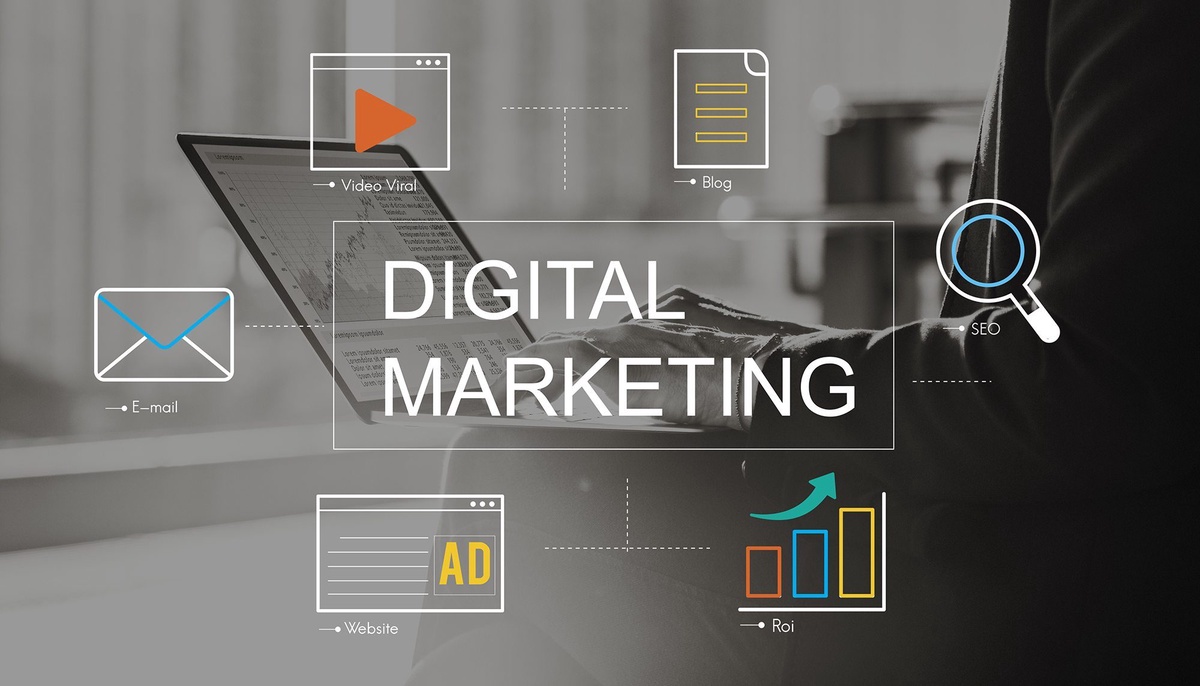Introduction
In today's rapidly changing and technologically advanced world, the emergence of digital marketing has brought about a revolution in the way businesses connect with their target audience. With the rise of the internet, social media, and smartphones, companies now have new avenues to reach and engage customers. However, a pertinent question arises: Does the ascendancy of digital marketing imply the end of traditional marketing methods? This article aims to delve into the relationship between digital and traditional marketing, explore their respective strengths and weaknesses, and determine whether digital marketing is truly poised to replace traditional marketing.
Understanding Traditional Marketing
Traditional marketing refers to the conventional methods of advertising and promoting products or services that have been in practice long before the internet era. This includes mediums such as print media (newspapers, magazines), television, radio, billboards, and direct mail. Traditional marketing relies on physical distribution channels, mass media, and personal selling to communicate messages to a broad audience.
Advantages of Traditional Marketing
Wider reach:
Traditional marketing methods have the ability to reach a broad audience, particularly through mass media outlets like television and radio, which have been prevalent for decades.
Tangible presence:
Physical advertisements such as billboards and print media offer a tangible presence, making it easier for people to recall and engage with the brand.
Local targeting:
Traditional marketing methods are particularly effective for reaching local audiences, making them ideal for small businesses or those targeting specific geographical areas.
Disadvantages of Traditional Marketing
Limited audience targeting:
Traditional marketing lacks the precision targeting capabilities of digital marketing, making it difficult to tailor messages to specific demographics.
High costs:
Traditional marketing methods often require significant financial investment, especially for advertisements on television, print media, or billboards, which can be cost-prohibitive for small businesses.
Lack of real-time feedback:
Traditional marketing campaigns lack real-time feedback, making it challenging to measure their effectiveness and make timely adjustments.
The Rise of Digital Marketing
Digital marketing encompasses all forms of marketing efforts that utilize digital channels such as websites, search engines, social media, email, mobile applications, and online advertising platforms. It leverages the power of technology and data to target specific audiences, measure campaign effectiveness, and deliver personalized experiences.
Advantages of Digital Marketing
Targeted audience reach:
Digital marketing allows businesses to target specific demographics, interests, and behaviors, ensuring that marketing messages reach the right people at the right time.
Cost-effective:
Compared to traditional marketing, digital marketing often offers a more cost-effective solution, as online advertising platforms provide flexibility in budget allocation and allow businesses to track the return on investment (ROI) more accurately.
Measurable results:
Digital marketing enables businesses to track and measure campaign performance in real-time, providing valuable data insights to refine strategies and optimize marketing efforts.
Personalized engagement:
Digital marketing offers the ability to create personalized and interactive experiences for customers, leading to higher engagement and conversion rates.
Disadvantages of Digital Marketing
Information overload:
With the proliferation of digital content and advertisements, consumers are increasingly overwhelmed, making it harder for businesses to cut through the noise and capture their attention.
Technical skills and knowledge:
Implementing digital marketing strategies requires a certain level of technical skills and knowledge, which may pose a challenge for businesses without adequate resources or expertise.
Dependence on technology:
Digital marketing heavily relies on technology infrastructure and internet connectivity, which can be a limitation in regions with poor connectivity or among certain target demographics.
The Symbiotic Relationship: Integration is Key
Rather than being adversaries, digital and traditional marketing can coexist and complement each other. Smart businesses understand that integration is the key to successful marketing strategies. By combining the strengths of both approaches, companies can maximize their reach, engagement, and ROI.
Cross-channel marketing:
By integrating digital and traditional marketing channels, businesses can create a consistent and seamless brand experience across multiple touchpoints. For example, combining a television advertisement with a dedicated landing page or social media campaign can reinforce brand messaging and increase conversions.
Utilizing digital tools in traditional marketing:
Traditional marketing methods can benefit from digital tools to enhance targeting, measurement, and customer engagement. For instance, using QR codes on print media allows businesses to track engagement and gather customer data while providing a seamless transition from the physical to the digital realm.
Leveraging data-driven insights:
Digital marketing provides valuable data insights that can be applied to traditional marketing strategies. Analyzing customer behavior, preferences, and engagement patterns can inform decisions regarding print media placements, radio time slots, or outdoor advertising locations, maximizing the impact of traditional campaigns.
Adaptation and flexibility:
Businesses must adapt to the evolving marketing landscape. Traditional marketing methods can incorporate digital elements, such as interactive experiences in physical stores or offline events promoted through online channels, to create a holistic and engaging customer journey.
Conclusion
Digital marketing has undoubtedly transformed the marketing landscape, offering businesses unparalleled targeting capabilities, measurability, and cost-effectiveness. However, it does not signify the complete demise of traditional marketing methods. Rather, digital and traditional marketing can coexist and complement each other, with integration and adaptation being the key to success. By understanding the strengths and weaknesses of both approaches, businesses can create comprehensive marketing strategies that harness the power of digital while leveraging the lasting impact and tangibility of traditional methods. Ultimately, it is the ability to integrate and adapt that will enable businesses to navigate the dynamic marketing landscape and connect with their audience effectively.


No comments yet